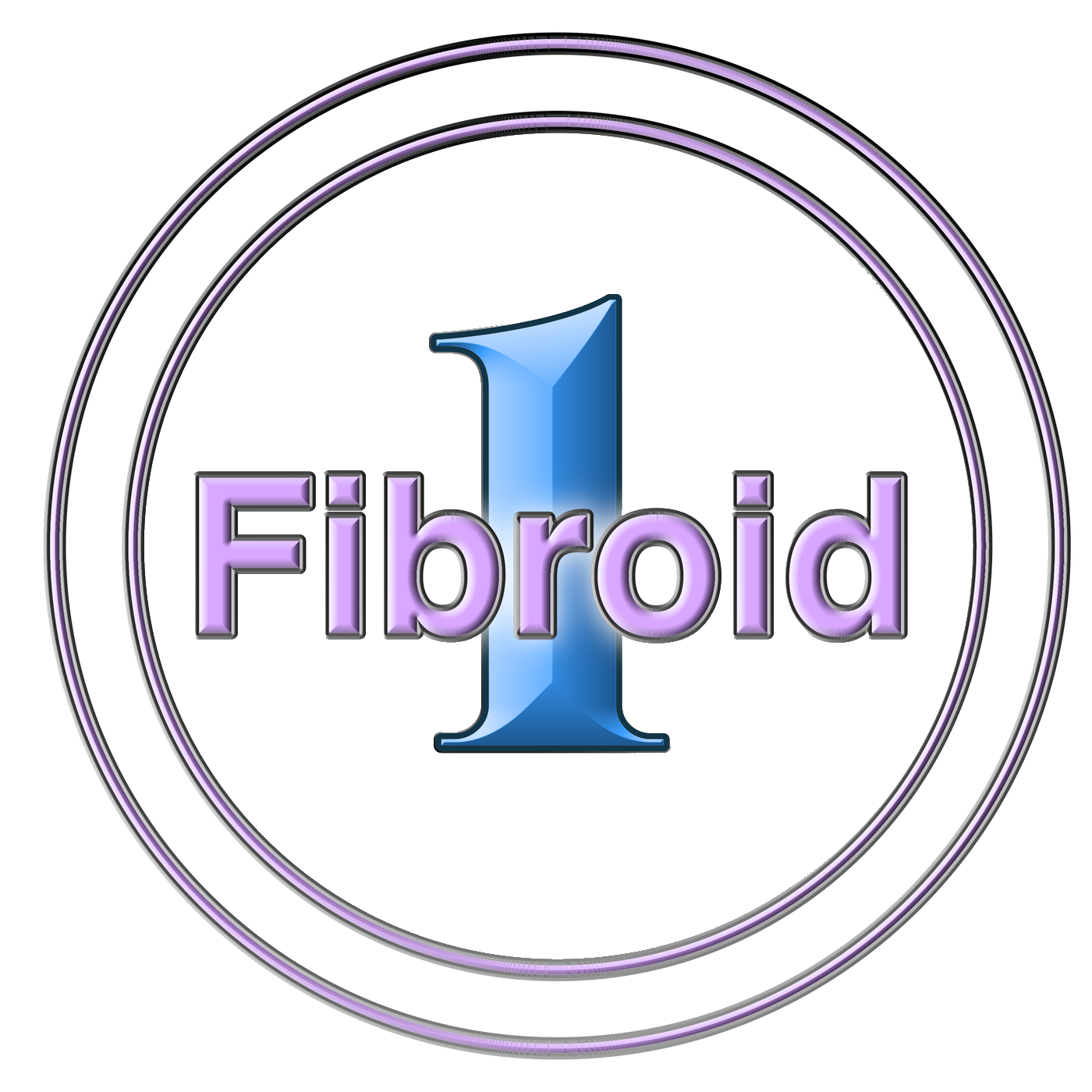Learn More About Hysterectomy:
For uterine fibroids that cause severe pain and persistent bleeding, a hysterectomy presents a permanent solution. Hysterectomies are surgical procedures that remove the uterus through an incision in the lower abdomen. Hysterectomies can be performed in varying degrees, and for treating fibroids, this procedure helps remove fibroids permanently and prevent them from reoccurring. However, hysterectomies are considered a last resort for many due to their invasive nature and organ loss.
Despite being a last resort, fibroids are the number one reason hysterectomies are performed, and for those looking into hysterectomies as an option, we’ll provide a full scope on what hysterectomies are and how they compare to uterine fibroid embolization, another popular treatment for fibroids.
UFE vs. Hysterectomies For Fibroids
Hysterectomies are performed for various reasons, ranging from endometriosis to abnormal vaginal bleeding. For treating fibroids, hysterectomies and uterine fibroid embolization offer both various advantages and disadvantages, and both present surgical risks that should be noted. Below, we’re going to describe how each of these treatments is approached for treating fibroids, as these two procedures are the two most popular types performed:
Hysterectomy: Hysterectomies remove various parts of the pelvic organs, specifically the uterus, either through incisions in the abdomen or vagina. Depending on the type of hysterectomy, this procedure involves removing the uterus partially or completely, and removing the uterus, prevents the growth of fibroids completely and removes previous symptoms. Because of the intensity of the surgery, hysterectomies prevent the ability to become pregnant, can disrupt the hormonal cycle, and bring about the onset of premature menopause.
Uterine Fibroid Embolization: In comparison, uterine fibroid embolization is a minimally invasive treatment that works by blocking small blood vessels to deprive the fibroids of nutrients. This causes the fibroid to soften and shrink in size and eventually disappear through multiple treatments. For women who desire to continue having their uterus and other reproductive organs, this less invasive method can help preserve fertility and hormonal cycles. However, with this procedure, there is an increased risk that your fibroids can redevelop over time.
Hysterectomies In-Depth and Receiving Fibroid Treatment
If your fibroids are severe enough that you need a hysterectomy, then know that our specialists at FibroidOne are here for you. Hysterectomies fall into three types of surgeries, each of which can be performed in multiple ways:
Partial hysterectomy: This type of hysterectomy only removes the upper portion of your uterus, leaving the cervix intact.
Total hysterectomy: In a total hysterectomy, the entire uterus and the cervix are removed.
Radical hysterectomy: As the most invasive option, a radical hysterectomy removes the uterus, cervix, top of the vagina, and any other tissue deems necessary and is more often performed when cancer is present.
Other considerations for when you have your uterus removed is whether or not you’ll also need your ovaries and/r your fallopian tubes removed, as these additional surgeries can trigger premature menopause and prevent you from getting pregnant. For more information about hysterectomies, contact our fibroid specialist at FibroidOne can help you make a decision on the best procedure for you.
Risks associated with Hysterectomy
Hysterectomy has been associated with numerous long-term physical and psychological effects including incontinence, loss of sexual pleasure, and depression. The most common complications associated with hysterectomy are vaginitis, drug reactions, and urinary tract infections, with some more serious complications reported after 30 days including pneumonia, bowel injury, vaginal cuff herniation, and recurrent bleeding from the vaginal stump.5











